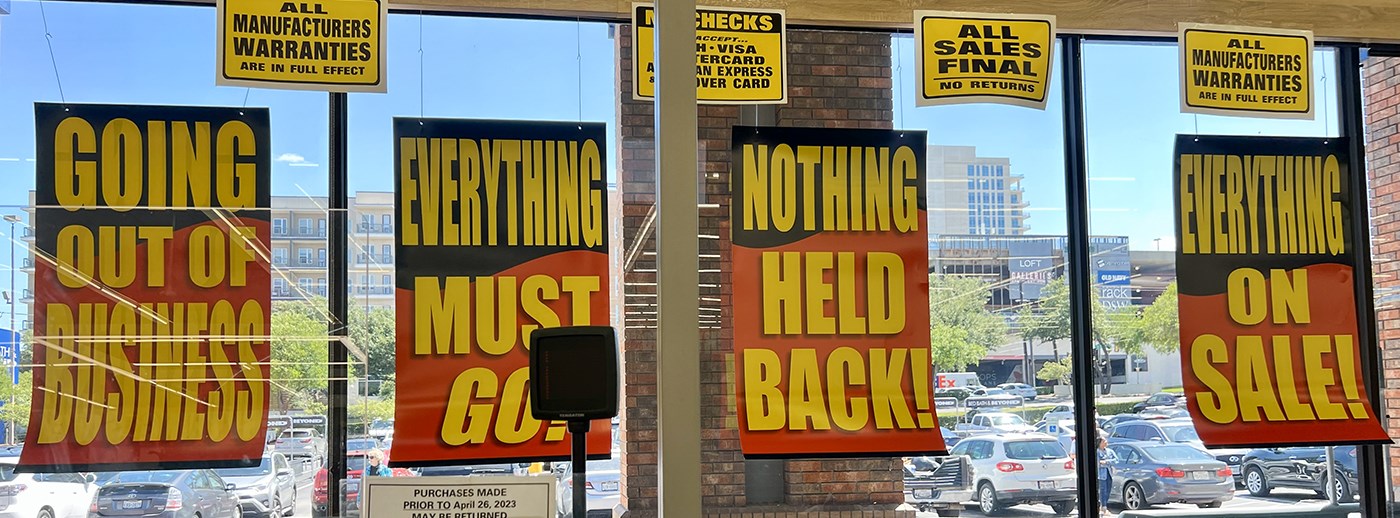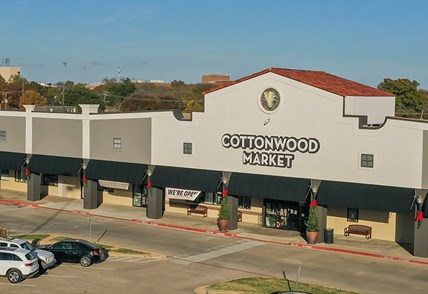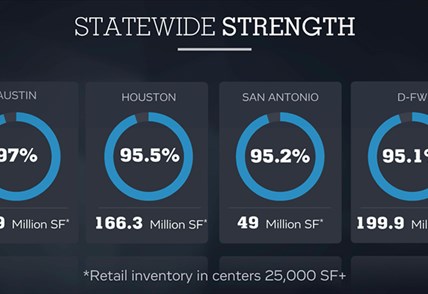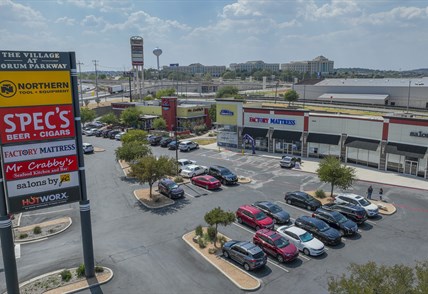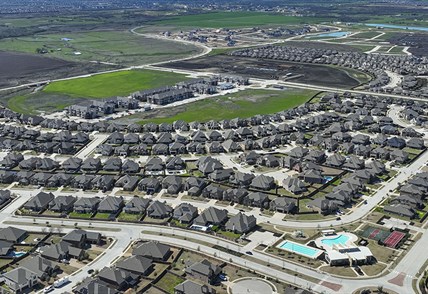By Marshall Mills, President and CEO, Weitzman
When Bed Bath & Beyond went from a small-format concept to open its first superstore in the mid-1980s, the move proved to be one of the most significant during the rise of category-killer power anchors and the power shopping center category. Within a decade, power retail grew to be the dominant retail construction driver, thanks to at least two major players in each category such as Best Buy and Circuit City. It wasn’t unusual for major retail intersections to have competing power concepts locate across the street from each other (think Barnes & Noble and Borders Books at the northwest and northeast corners of Preston Road and Royal Lane in North Dallas).
Power retail succeeded by taking shoppers’ favorite department store categories and super-sizing them. But the “single-department” model with a narrow focus but deep selection often wasn’t nimble enough to survive the rise of e-commerce retailers, which offered “endless aisles” of merchandise selection in nearly every category. But some categories beat the odds: Barnes & Noble pivoted with a heavy focus on local reader profiles and a mix of small and large stores, and PetSmart brought in traffic with internet-resistent services like grooming, training and vet care.
But Bed Bath & Beyond, at least in its current form, didn’t beat the odds. Despite losing its major competitors and having the housewares category almost all to itself, the chain didn’t evolve in ways that met the needs of today’s shoppers and made a series of well-documented merchandising and other missteps.
If Bed Bath & Beyond’s bankruptcy results in the closing of all of its stores here, the move will result in 15 D-FW vacancies for a total of approximately 375,000 square feet.
So what’s the outlook for these possibly dark box spaces in the current market?
Right now, I’d have to say it’s optimistic.
Since that low point in 2011, when 3.5 million square feet were dark, the power retail category has pivoted with a focus on non-power concepts ranging from grocery stores to gyms to restaurants. As a result, Weitzman’s research shows that power center category today reports occupancy of approximately 95 percent, on par with the 95.2 percent posted by the healthiest category, grocery-anchored community centers.
In fact, the entire D-FW market currently benefits from its strongest retail market since Weitzman first started surveying shopping centers here in 1990. Further, our record-high occupancy is during a time of record-low construction. D-FW reports one of the strongest economies in the country, with stellar population and job and economic growth; yet the retail market added less than 539,000 square feet of new space in 2022– about the size of a single power center during that category’s peak!
So if there was ever a time to be optimistic about the future of shopping centers facing store closings, it’s during a time when those Bed Bath & Beyond vacancies would come online in a market with healthy retail demand and limited availability options due to the market’s high occupancy and near-non-existent new construction.
Add to that the fact that Bed Bath & Beyond, long one of the country’s leading retail concepts, has great real estate in D-FW in centers with high traffic, strong regional locations and few if any vacancies.
This insight originally appeared in D CEO magazine.
